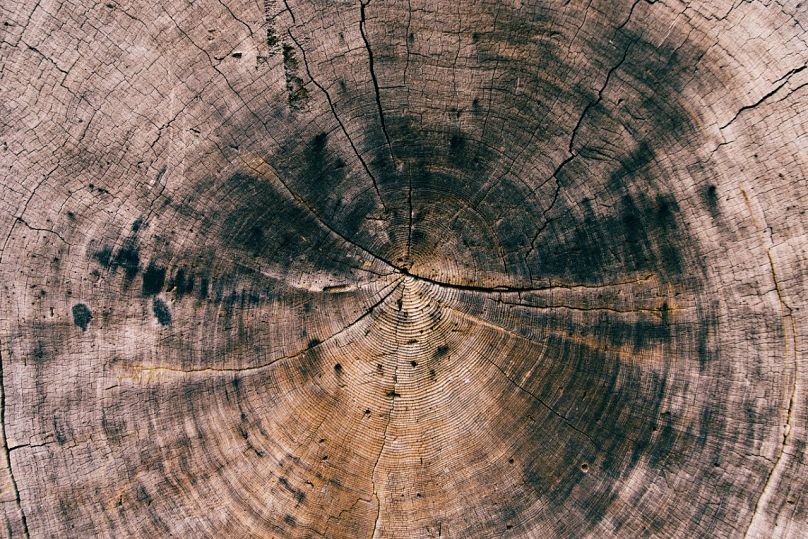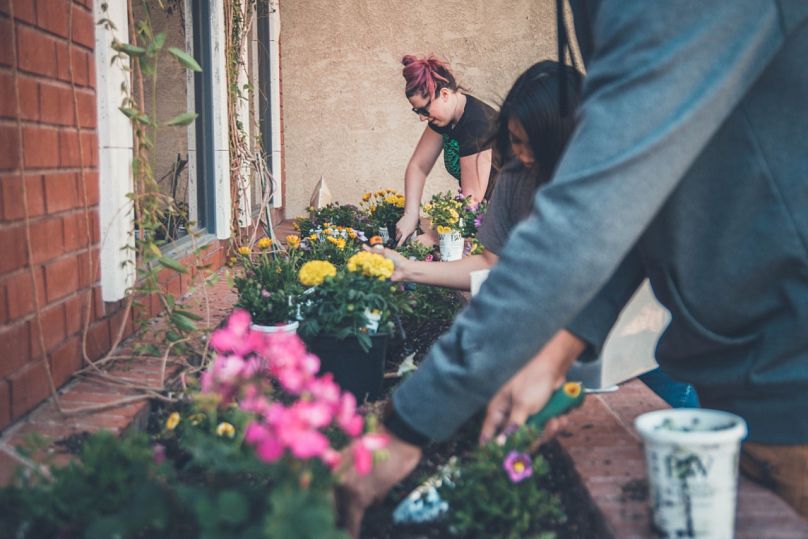The best long-reads from this week to inspire you to keep preserving our natural world.
Looking back on the last week, there is a whole range of content on the web discussing sustainability in different forms. Here at Living, we want to help and inspire you to know more about the environment, and one of the ways we can do this is by sharing all the best articles we discover each week.
This week, we found out gardening can be a cure for depression, trees can teach us about the environment and sustainable fast-fashion might be a myth? Read on to find out more.
Less is More: Can Sustainability and Profit Co-Exist?
What exactly is the environmental impact of fast fashion and can brands be sustainable whilst simultaneously making a profit? This thought-provoking read gives an insight into the buzzword ‘sustainable fashion’ and looks into what it means in the current climate.
Chronicles of the Rings: What Trees Tell Us
A beautifully visual article mapping out the history of forests over centuries and centuries. The New York times details how we can find out more about the environment and the weather by studying the historical patterns of tree rings.
Green therapy: how gardening is helping to fight depression
This one is all about a growing movement in the UK to promote wellbeing in patients suffering from mental illness. Gardening is becoming a new form of rehabilitation and can really play a role in aiding patient recovery. Have a read to find out exactly how experts think it can help.
Humans Are Speeding Extinction and Altering the Natural World at an ‘Unprecedented’ Pace
An enlightening long-read on the targeted effect the human race is having on the natural world. The piece discusses the animals that are on the brink of extinction and exhibits the results from a 1,500 page report on biodiversity, compiled by hundreds of scientific experts from all over the world.
Words: Maeve Campbell















